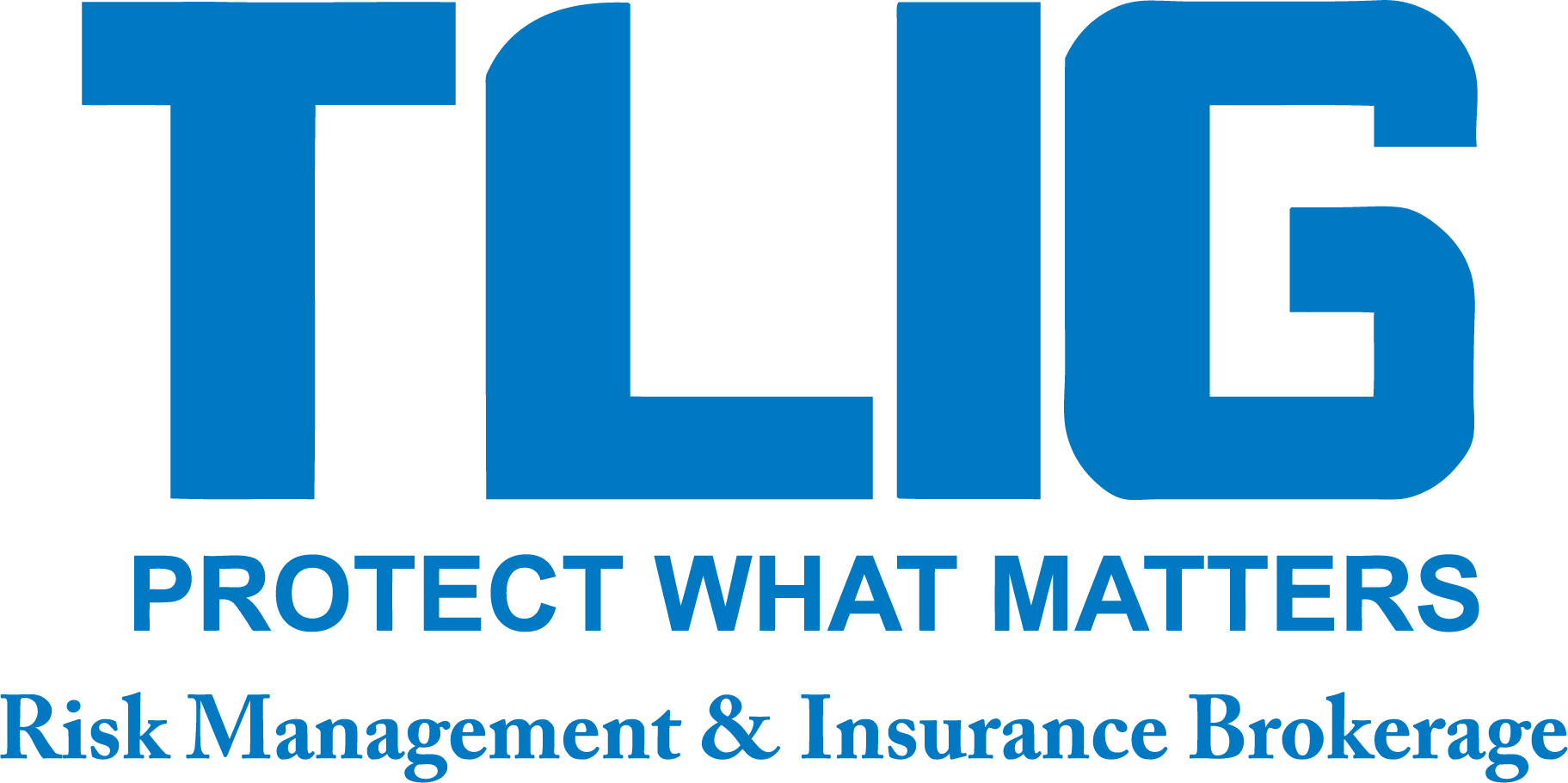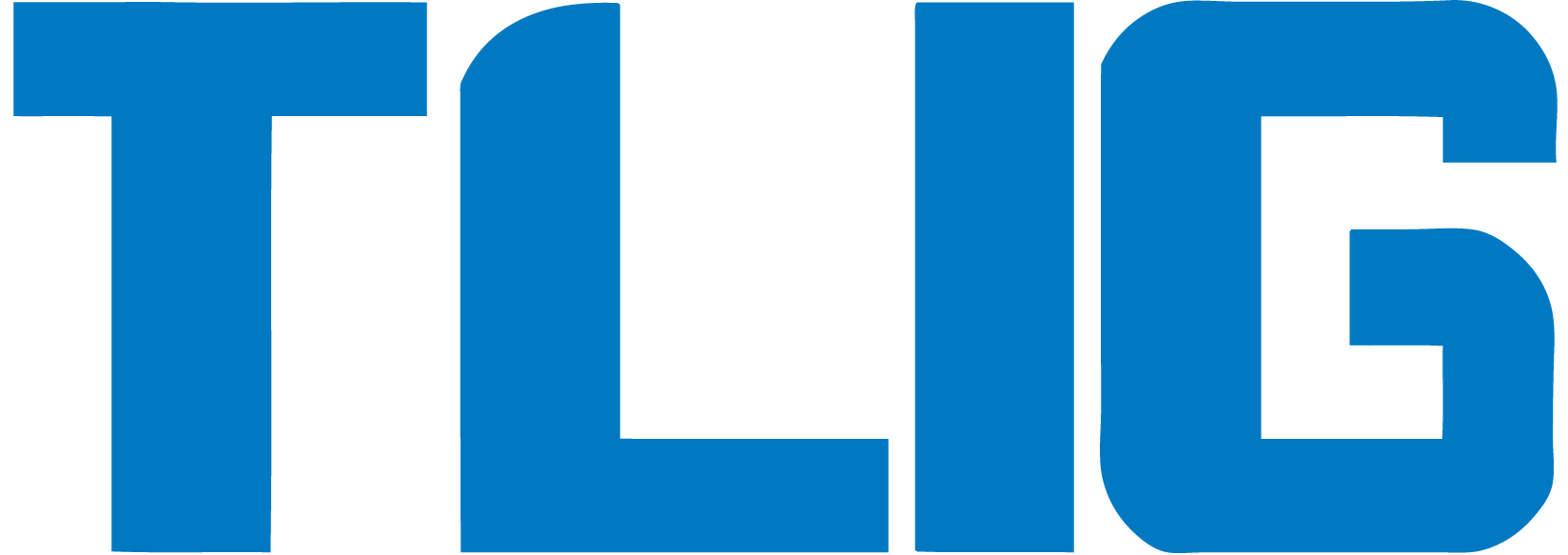Thanksgiving, Christmas, and New Year’s Eve—these
holidays mean celebrations, many of them in decorated homes filled with
merry-making family members and friends.
Insurance professionals know that the winter
holidays bring greater-than-usual risks of fire in homes. The National Fire Protection Association
reports that, over the course of a calendar year, the 10 worst days for
fires in homes fall between December 24 and January 6.
Fortunately, these risks can be reduced with
safe practices that address the “four Cs” of winter fires: chimneys, candles,
Christmas trees and children.
Chimneys
Buildup or blockage within a chimney can catch fire. Chimney fires are
unpredictable: they can be noisy and fierce, or can smolder undetected.
Common-sense tips:
- If you haven’t checked or cleaned the chimney in the past two years, don’t use
it. - Have a pro inspect the chimney for creosote (which is what builds up in a chimney and
fuels a chimney fire) - Use dry wood. This minimizes creosote buildup.
- Don’t burn wrapping paper, boxes, trash or Christmas trees.
- Don’t use liquid to start a chimney fire. Use kindling.
Remember fireplace basics, too: use a screen to contain
sparks; and let ashes cool before disposing of them in a metal container.
Candles
Home-candle fires happen on Christmas Day more often than any
other day, according to the National Fire Protection Association. Next worst:
New Year’s Day and Christmas Eve. How do they start? Half of home-candle fires
begin because an item is left near a lit candle. Four of 10 home candle fires
start in bedrooms, with bedding, furniture, and curtains igniting.
Common-sense tips:
- Make sure all candles are out before you leave a room or go to bed.
- Keep clothing, curtains, furniture, and other flammable items away from candles
and flame. - Use candle holders that don’t tip over.
Christmas Trees
The National Fire Protection Association notes that 300 home
fires start each year with Christmas trees. It’s not just live trees;
artificial trees also burn. Three major reasons Christmas-tree fires start:
electric malfunctions, heat too close to the tree, and children playing with
matches, candles, or fireplaces.
Common-sense tips:
- Buy a cut tree that has green, fresh needles.
- Buy a fake tree that is fire resistant.
- Use a secure stand.
- Locate trees a minimum of three feet from heat sources such as fireplaces and
radiators. - Water live-cut trees every day.
- Use lights listed by an industrial laboratory. Link together, at most, only
three strands of bulbs. - Throw out lights that have frayed or broken cords.
- Pull the plug on lights before going to bed or leaving home.
- When a tree starts dropping needles, it’s time to dispose of it (outside, not in
the house, garage or basement).
Children
Perhaps the most unpredictable risks for winter fire are those young
people who are, naturally, exploring and experiencing the wonders of the winter
world for the first time. Remember that lights and flames are fascinating to
children.
Common-sense tips:
- Watch the wires. Keep kids away from light strands and power cords.
- Matches, candles, stoves and ovens often get extra use during the holidays, at a
time when adults are occupied with cooking, cleaning and entertaining.
Stop and ask: “What might draw a child’s curiosity in this house?” Then
shield children from those items, physically and through discipline and
direction. - Put matches/lighters out of children’s reach. Use lighters that have a
child-resistant safety feature. - Train children to tell an adult if they see matches or lighters.
TLIG stands ready to
assist consumers with a homeowners insurance claim. The best claim is no claim,
though. Use these common-sense practices to prevent home fires.
TLIG is a local Trusted Choice®
agency that represents multiple insurance companies, so it offers you a variety
of personal and business coverage choices and can customize an insurance plan
to meet your specialized needs.
Visit us online at www.tligins.com
or call us at (434) 582-1444.

